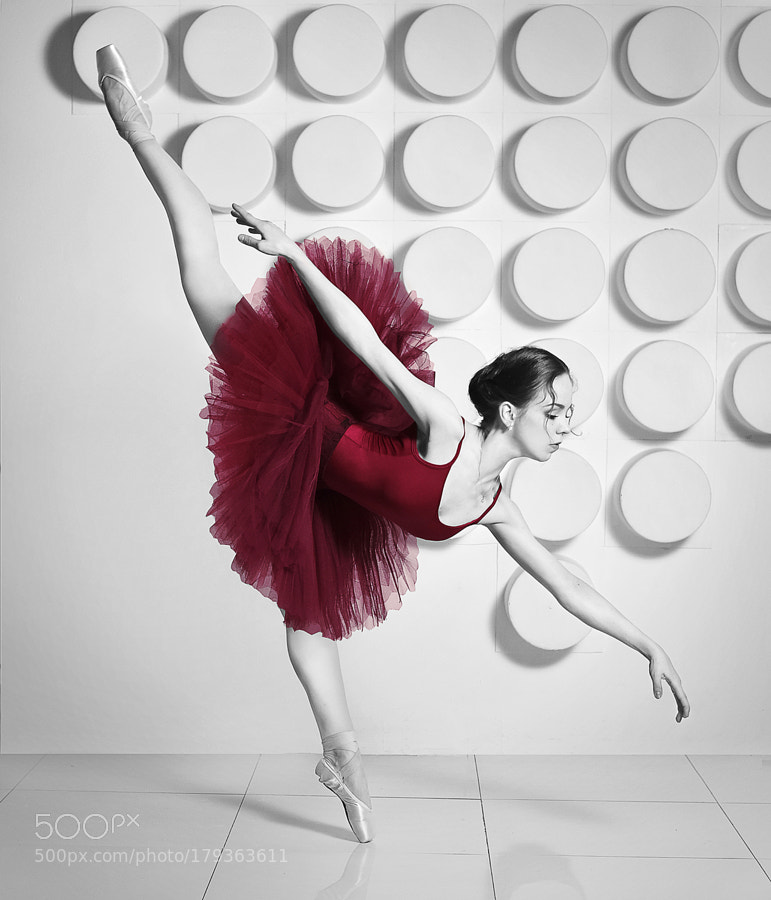This website talks about geometry in ballet. It’s very important that dancers understand the elements of geometry when using movement because without it, the movement looks disjointed and unintentional. This site also talked about symmetry and asymmetry, as well as why it’s important. Asymmetry is used to as a method to break the eye from the scene or to demonstrate dissent within the dance.

Although this website was short it still had a lot of good information. This website not only explained the use of symmetry but the use of asymmetry as well. I learned that if dancers don’t properly understand the use of the elements of geometry when dancing, their movement can look disjointed and unintentional.


